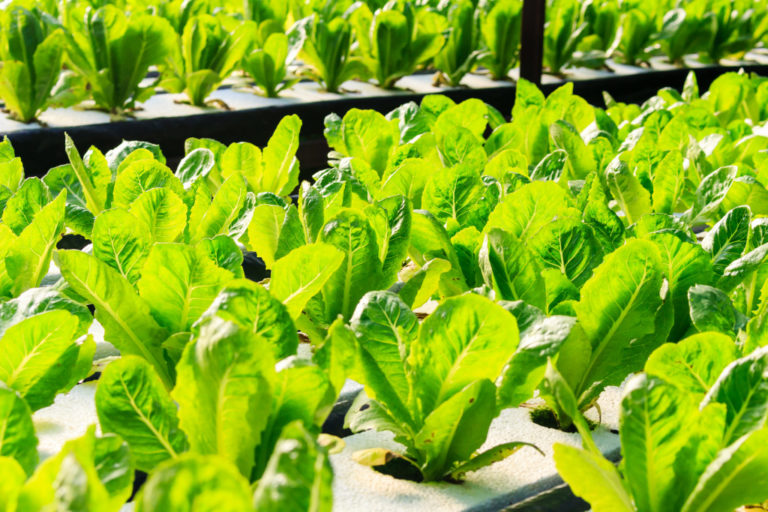Fish is one important source of food for man. There’s no doubt about that. America’s appetite for water creatures has been growing steadily all through these years. A report from the Fisheries of the United States detail Americans devoured on average 16.1 pounds of seafood per capita in the year 2018. By any measure, that’s a lot of seafood. What’s more, that number is rising.
All that is good news. Not only are seafood delicious (cooked right), but also they’re a healthy source of useful vitamins and minerals. For instance, a host of benefits for the heart has been attributed to omega-3 fatty acids from fish. American Heart Association (AHA) details omega-3 can lower blood pressure and slow plaque development in the arteries. The group of experts recommends fish should be eaten at least twice a week.
Then, there are the goodies that we get from vegetables. Since time immemorial, veggies have contributed to the well-being of man. No doubt, as a key source of nutrients (dietary fiber, vitamin C, potassium), vegetables are a treasure trove.
But surprise, surprise. With aquaponics, you grow both vegetables and fish at the same time at the same place. And that’s not all. You can do so right at home. It certainly sounds strange. If that has you confounded, worry not. Here, we’re giving you key takeaways on why making the most of aquaponics right in the comfort of your property is wise.
Know Your Food Source
Aquaponics is the combination of aquaculture and hydroponics or soil-less gardening. Hydroponics relies on plants getting their nutrients not from soil but from nutrient-filled water. In aquaponics, plants and fishes co-exist symbiotically. That means each one is feeding off the other. Waste from the fishes converts into nitrates that the plants can make the most of as fertilizer. On the other hand, plants provide a filter that cleanses the water for these fishes.
Indeed, this technology is life-changing. The European Parliamentary Research Service cited aquaponics as one of the ten most life-changing technologies of our times.
Perhaps, its greatest benefit is you will know exactly how and where your food is sourced. You can choose which plants are best to grow. Plus, you can select the kind of fish to proliferate in your tanks.
That sure is a smooth way to get to your food. Imagine how much harder it would be to catch fish the traditional way by fishing. In retrospect, fishing technology has improved over the years. A good example here is the spinning reel, Penn Battle III. This one’s not only lighter than usual, but it speaks of so much power many anglers have used the reel to catch the big game (e.g., shark).
Still, having the food grown right at home is food at its most convenient. In the era of the virus, it’s a shot in the arm. Vegetables that can be grown in aquaponics include:
- Cucumbers
- Tomatoes
- Leafy greens
- Peppers
As for the fish, you can choose to have ornamental fish or one that you can harvest. Tilapia is one of the most common fish choices if you want to raise fish for the table.
Reduce Food Miles
Let’s face it. The greater the food miles, the lesser you are helping Mother Earth. When you cater to food that is grown hundreds (even thousands) of miles away, you encourage the proliferation of carbon on the planet. Each time food is loaded into a plane, the vehicle leaves a carbon footprint ten times more than road transport and 50 times more than transport via shipping. In short, the greater the miles, the more pollution is produced.
But you keep all that under wraps when you rely on aquaponics. Your food need not travel. It’s right where you need it to be.
No Harmful Chemicals
You can try, but harmful chemicals are going to sabotage your aquaponic garden. Yes, it would be impossible for you to cheat and use harmful chemicals.
Why? That’s simply because you have fish in the equation. Any harmful substance can result in your fish dying right then and there. That tells you, there’s a natural guarantee you only serve the right chemicals in your system, or everything comes to nothing.
Make the Most of Any Space
As people converge in the big cities, the space to grow food is naturally cramped. But that’s not a problem with aquaponics.
With the system, you can grow food according to the space available. And that means you can go horizontally, vertically, or even stacked one on top of the other. It sure gives you a lot of leeway.
So it won’t matter if you are space-challenged in a small New York apartment or live in a sprawling residence somewhere in the South; you can design your aquaponics system to your needs.
As Sustainable as Can Be
If you want to save on your resources, aquaponics is the way to go. You won’t need as much water as the system itself can recirculate needed water. As you won’t need soil, you won’t need a backyard to grow your greens.
What’s most impressive is you get top-quality food. The fish provides natural fertilizer to the plants. Any damaged leaves or unharvested plants can serve as food for the fish. At the time of the virus, it’s a win-win situation too hard to resist.

